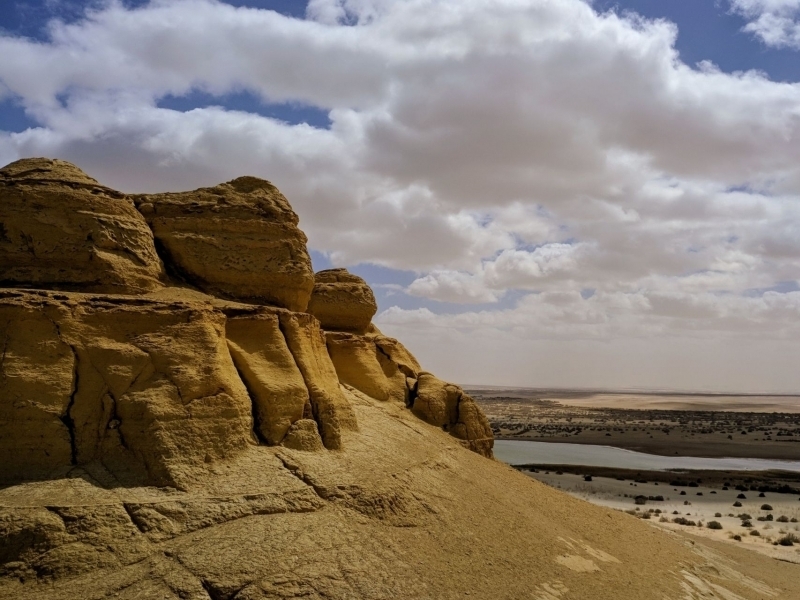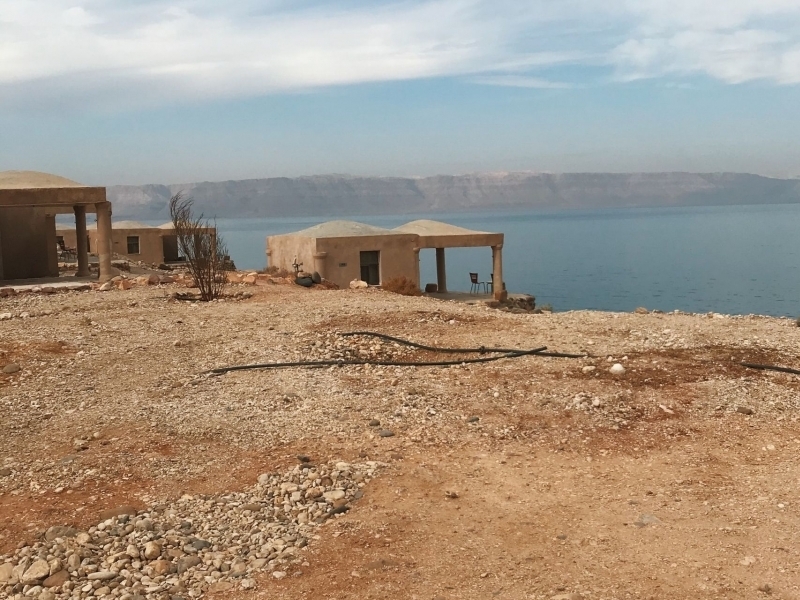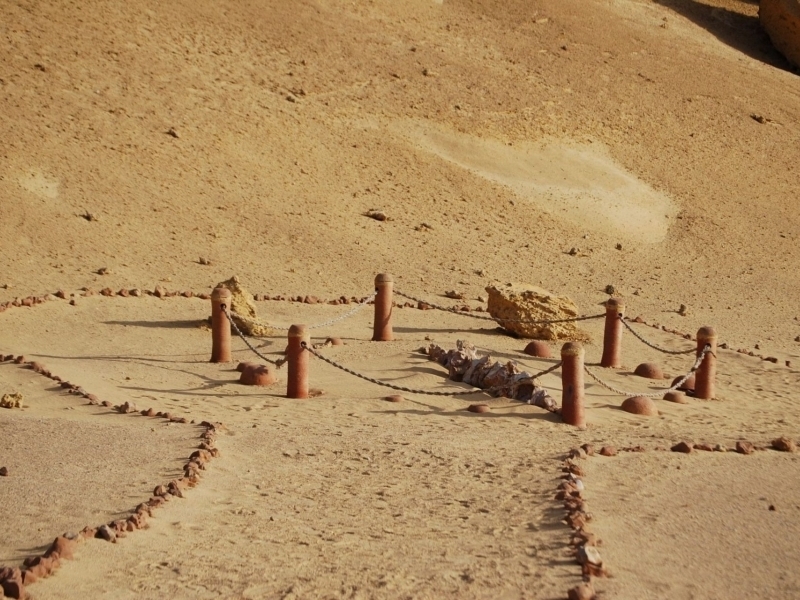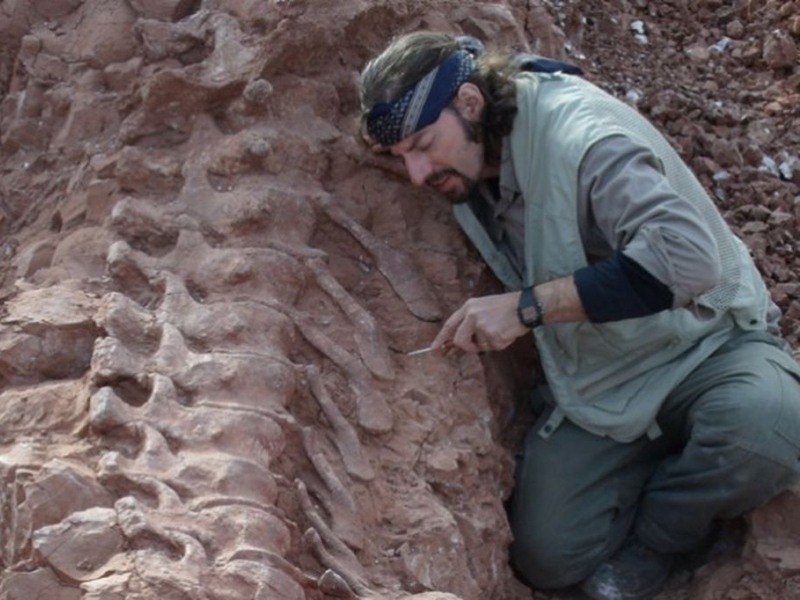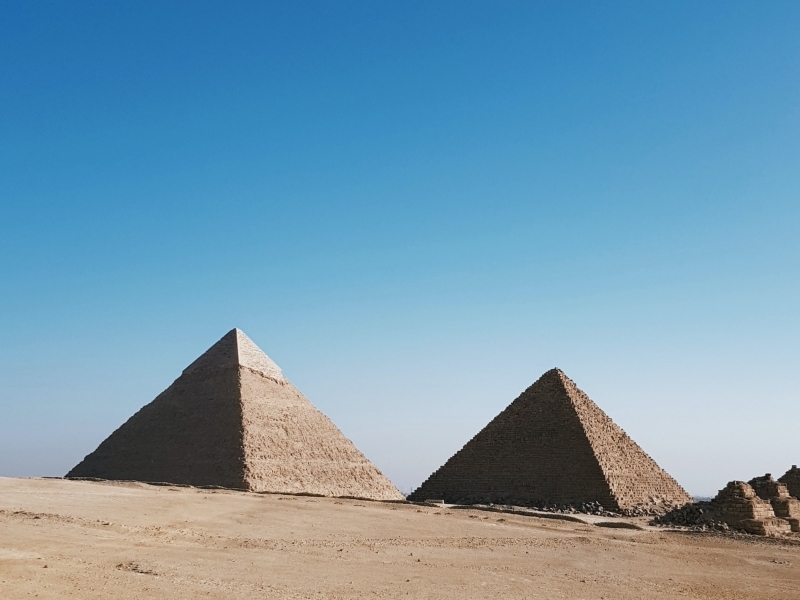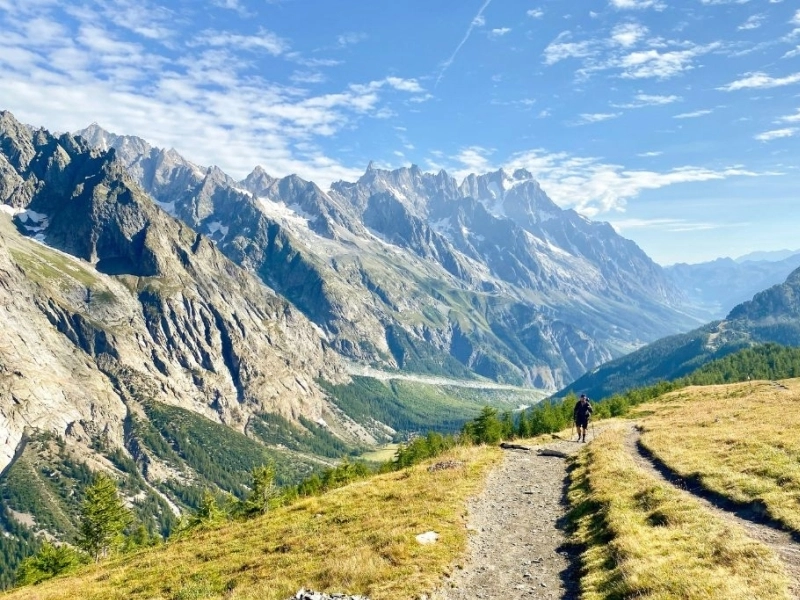News and Testimonials

The Valley of the Whales, a fossil treasure in the desert of Egypt
At the beginning of the 20th century, the so-called Wadi al-Hitan, "the Valley of the Whales", was discovered in the western desert of Egypt, one of the richest places in the world in fossils of prehistoric cetaceans. However, for decades it was considered an enchanted place that people were afraid to approach.
In the western desert of Egypt, past the green parenthesis that is the oasis of the Fayum, is one of the most exceptional places for paleontology: Wadi al-Hitan, which in Arabic means "the Valley of the Whales." The name is due to the great abundance of prehistoric cetacean skeletons, mostly belonging to the Eocene, between 56 and 34 million years ago approximately. It is one of the places in the world with the highest number of fossils of this type and they present an exceptional state of conservation, which has earned it the recognition of UNESCO as a World Heritage Site.
But even though they were discovered in the early 20th century, for many decades the fossils remained abandoned. In part it was because it is a remote place that was difficult and dangerous to go, and in which there was also nothing of value, but not only this: the people of the place considered that this was a cursed place that they should avoid approaching.
Land of geniuses and death
The west of the Nile was, since the time of the pharaohs, a place associated with death. Egyptian necropolises were always located on the west bank of the great river, the direction in which the sun set. There began the desert, the domain of Suty or Set, the feared god of chaos and conflict; and where the jackals dwelt, the incarnation of Anubis, the guide of the dead in the Hereafter. It was therefore, in the Egyptian collective imagination, a place where supernatural forces were at work and where no one approached except for those who had no choice, such as caravan drivers and Bedouins.
It was the latter who discovered the first fossils, which appeared on the surface of the desert naturally by the action of the wind. But, far from publicizing it, he gave them a reason to get away from there: those huge bones could only belong, according to them, to the djinn or geniuses, the supernatural beings of popular tales like The Arabian Nights. The concentration of skeletons, even before the excavations began, was interpreted as a sign of a meeting place for these beings and therefore a cursed place. In addition, the basin is located at the foot of a mountain with a name that speaks for itself: Garet Gohannam, "the mountain of hell", due to the reddish color of which it is stained in the evening light.
An Eden for paleontologists
In the 1980s, the site began to spark interest among paleontologists who had heard of it. What they found was everything a researcher in their field could dream of: abundance of fossils, an environment that had remained unaltered by humans, and an optimal soil for the conservation of bones and easy to excavate. However, fossil hunters were also attracted to the place and a rampage began that, at least, had the effect of drawing the attention of the Egyptian authorities to the need to protect this exceptional site.
The name Valley of the Whales is due to the fact that most of the fossils are archaeocetos, an extinct group whose name means "archaic cetaceans" and which represent the link in which this type of mammals passed from terrestrial to aquatic life. The most common are Basilosaurus and Dorudon, carnivorous cetaceans already completely marine, and primitive sirenians, an order of herbivorous marine mammals - not cetaceans - whose only living representatives are the dugongs and manatees. Fossils from other geological periods have also been found belonging to land and marine mammals, sea turtles, fish and reptiles.
Ecotourism in the abode of the gods
Taking advantage of its World Heritage status since 2005, Wadi al-Hitan became a modest ecotourism destination, with a few thousand visitors a year according to Egyptian government figures. Some of the fossils have been left in the open as part of an open-air museum, with a route that runs through a small part of the site, totaling about 200 km².
In addition to the fossils, the other great attraction of the place is its live fauna, especially the popular desert fox or fennec (Vulpes zerda), which comes to the camps at night in search of food remains. The Valley of the Whales is part of a nearly 1,800 km² protected area called Wadi El Rayan, famous for its beauty and especially popular with nature photographers for its beautiful waterfalls and wildlife. Besides the mentioned fennec, you can also see common gazelles (Gazella dorcas), Egyptian golden wolves (Canis lupaster lupaster), Egyptian mongooses (Herpestes ichneumon) or desert cats (Felis silvestris lybica), among others: animals that, without fear of Set , Anubis or the geniuses, have made the desert their home.
Source: https://www.nationalgeographic.com.es/ciencia/valle-ballenas-tesoro-fosiles-pleno-desierto-egipto_17424

